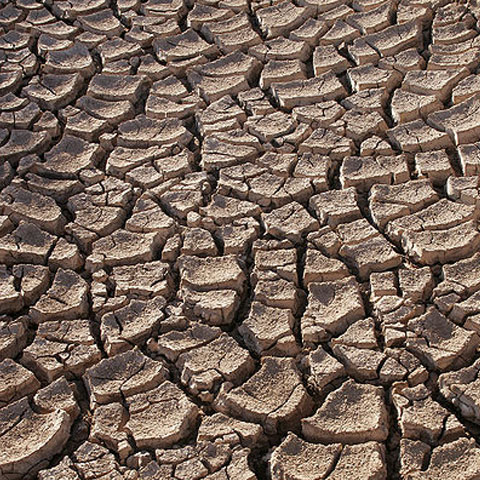The 1.05 million hectares were 50 percent or less affected by frost and drought. The minister estimates that this year the state of calamity will cover a large area.
Sarbu mentioned that although the irrigation system was extended from 200,000 functional hectares in December 2008 to 500,000 hectares, it is still not be enough to deal with the drought as it uses old technology and wastes power and water.
Among the long-termed solutions suggested is a gravitational irrigation system that uses water from uphill accumulation lakes and the finalization of the Siret-Baragan channel. Sarbu added that farmers could help reduce the effects of the crisis by drilling wells.
The minister promised that farmers will have their losses paid back by the government if the state of calamity is declared and assured that the price of bread will not go up as it is settled on the European market.
Niculae Stefan, president of the Agrostar federation declared recently for NewsIn that nearly 4 million hectares of the country's 7 million arable hectares will be affected by drought that will kick in at the end of May. The most damaged areas are said to be those in the south of the country, in the east of Moldavia and Dobrogea.
Cristian Hera, president of the Romanian Agricultural Sciences Academy, also stated that almost 50 percent of the country's corn and sunflower crops will be scorched, as farmers use imported hybrids which are not adapted to drought.
The National Meteorologic Administration (ANM) announced that temperatures would vary strongly in May, with up to 30 Celsius degrees during the day and down to -5 degrees in the night. The temperatures in August are expected to exceed normal limits.
On the other hand, Romania's National Water Administration (ANAR) claims the water supplies are enough for the population, the industry and the agriculture, so that there is no question of restricting the amounts of water used, even if the hydrological system flows below normal values.


